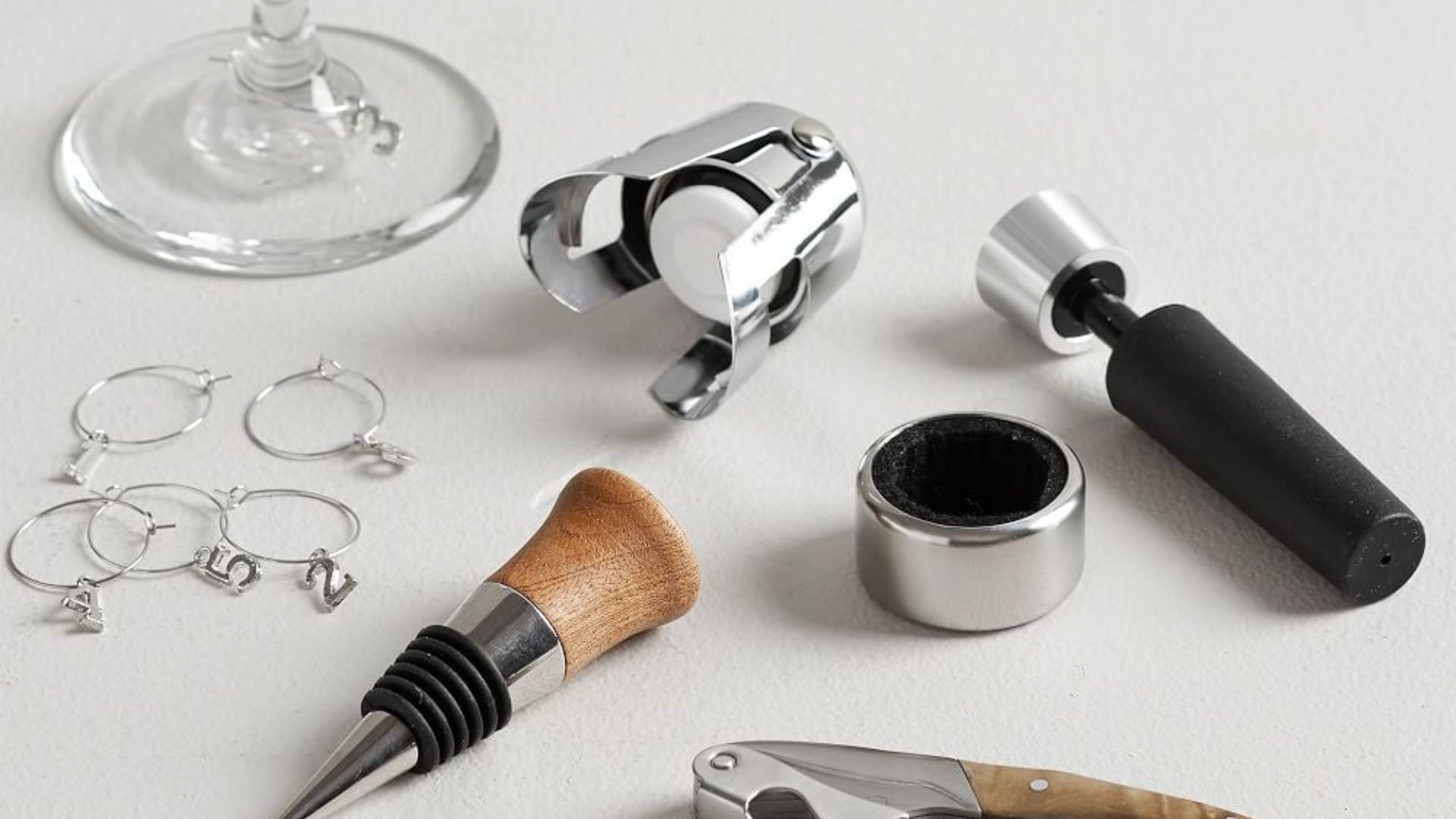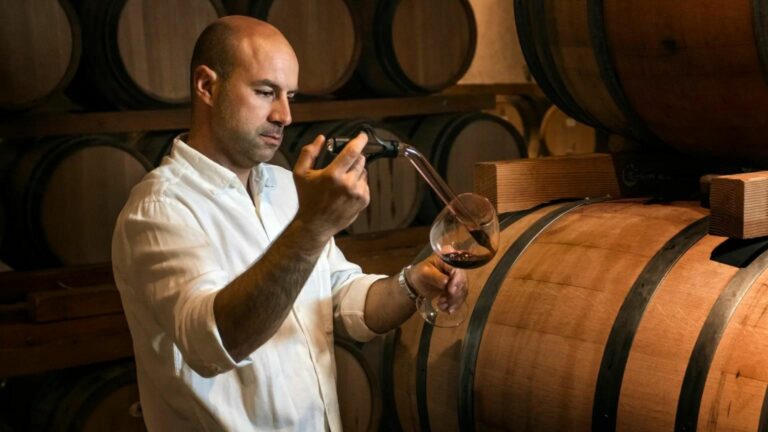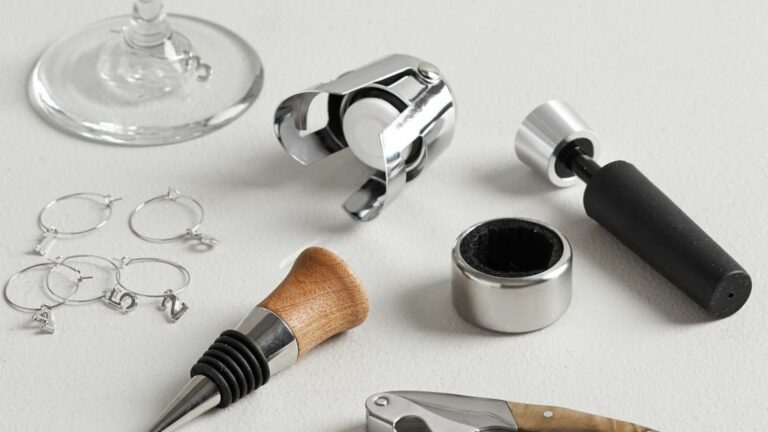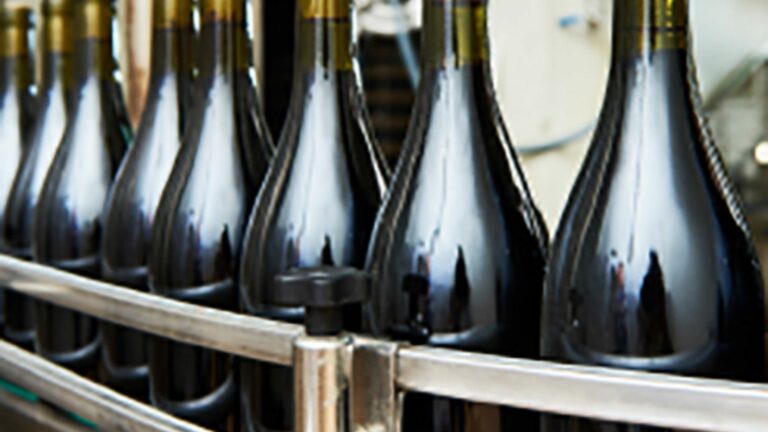Crafting your own wine at home is a rewarding and fulfilling endeavor that allows you to unleash your creativity and passion for winemaking. To embark on this journey, it’s essential to have the right utensils and equipment at your disposal. In this article, we’ll explore the essential wine making utensils needed to produce the perfect vintage, from the initial stages of fermentation to the final bottling process.
Fermentation Vessels
Fermentation vessels are the heart of the winemaking process, where grape juice transforms into wine through the action of yeast and fermentation. Choose from a variety of vessels, including food-grade plastic buckets, glass carboys, or stainless steel tanks, depending on your batch size and personal preference. These vessels should be clean, sanitized, and equipped with airlocks to allow carbon dioxide to escape while preventing oxygen and contaminants from entering during fermentation. Ensure that your fermentation vessel is large enough to accommodate the volume of wine you intend to produce and provides ample space for the foaming action that occurs during fermentation.
Hydrometer and Test Jar
A hydrometer and test jar are indispensable tools for monitoring the progress of fermentation and determining the alcohol content of your wine. A hydrometer measures the specific gravity of the wine, which changes as sugars are converted into alcohol during fermentation. By taking periodic readings with the hydrometer and test jar, you can track fermentation progress, estimate alcohol content, and determine when fermentation is complete. This information is crucial for making adjustments to the winemaking process, such as adding additional sugars or nutrients, and ensuring that your wine reaches the desired alcohol level.
Siphon and Tubing
Transferring wine between vessels is a common task in the winemaking process, whether it’s moving wine from the fermentation vessel to a secondary aging vessel or bottling the finished wine. A siphon and tubing make this task quick and easy, allowing you to transfer wine smoothly without disturbing sediment or introducing oxygen. Choose food-grade plastic or stainless steel siphons and tubing that are easy to clean and sanitize and ensure a tight seal to prevent leaks during transfer. With a siphon and tubing in your winemaking arsenal, you can transfer wine with precision and confidence, ensuring a smooth and efficient process from fermentation to bottling.
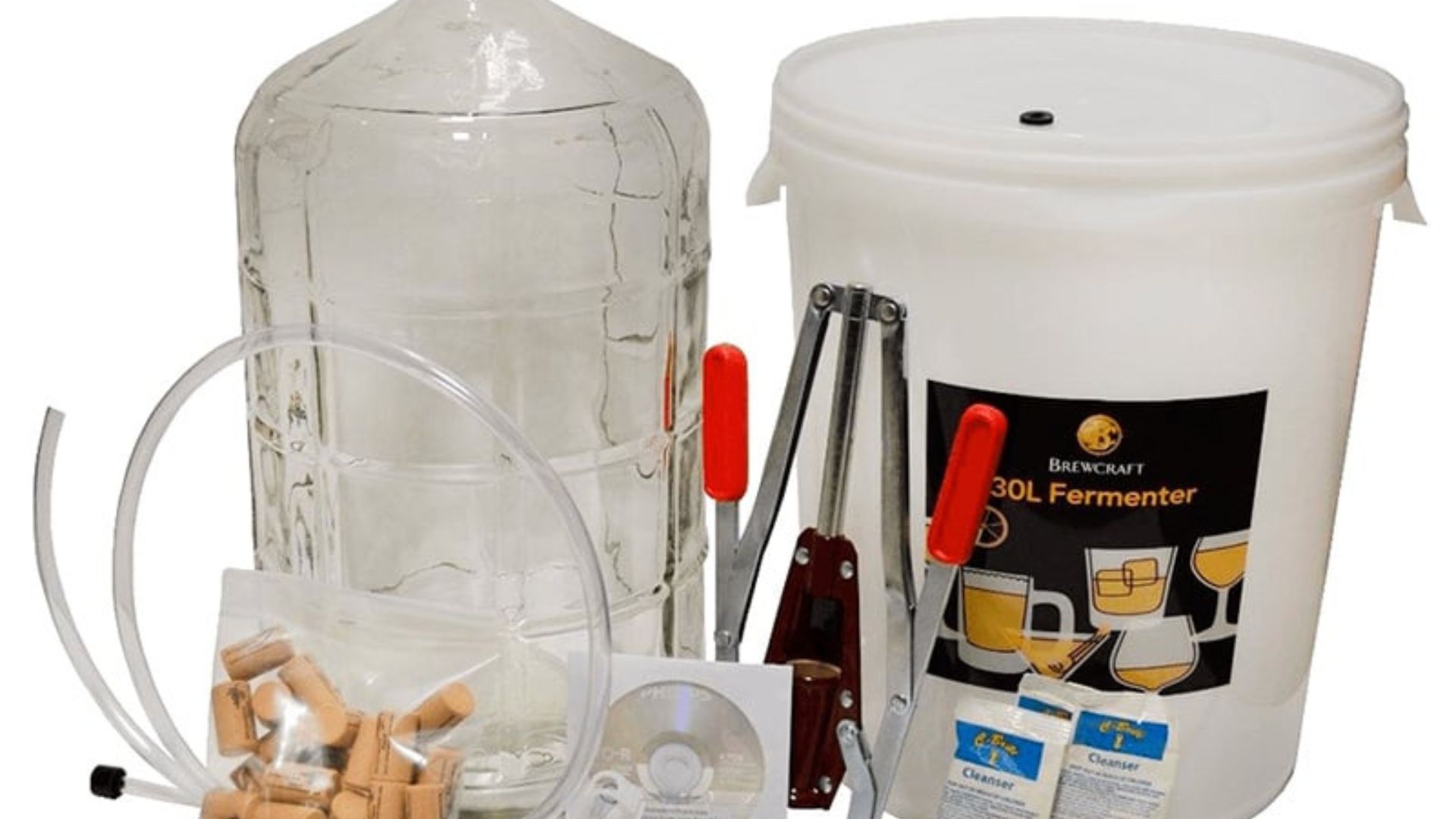
Bottling Equipment
Once your wine has completed fermentation and aging, it’s time to bottle and package it for enjoyment. Bottling equipment such as wine bottles, corks, corker, and bottle filler are essential for this final step in the winemaking process. Choose high-quality wine bottles made of clear or colored glass to protect your wine from light exposure and preserve its flavor and aroma. Use a corker to insert corks securely into the bottles, ensuring a tight seal that prevents oxidation and spoilage. A bottle filler makes filling bottles with wine quick and precise, reducing spills and waste during the bottling process. With the right bottling equipment, you can package your homemade wine professionally and prepare it for sharing, gifting, or cellaring.
Cleaning and Sanitizing Supplies
Maintaining cleanliness and sanitation throughout the winemaking process is essential for producing high-quality wine free from off-flavors, spoilage, and contamination. Stock up on cleaning and sanitizing supplies such as food-grade cleaners, sanitizers, and brushes to keep your utensils, equipment, and fermentation vessels clean and free from bacteria, yeast, and mold. Develop a regular cleaning routine and sanitize all surfaces and equipment before and after each use to ensure a hygienic winemaking environment. By prioritizing cleanliness and sanitation, you can safeguard the quality and integrity of your homemade wine and produce batches that are safe, delicious, and enjoyable to drink.
Conclusion
In conclusion, having the right utensils and equipment is essential for success in the winemaking process. From fermentation vessels and hydrometers to siphons, bottling equipment, and cleaning supplies, each utensil plays a crucial role in crafting the perfect vintage. By equipping yourself with the essential tools and maintaining cleanliness and sanitation throughout the winemaking process, you can produce homemade wine that rivals commercial offerings in flavor, aroma, and quality. So gather your utensils, roll up your sleeves, and embark on your winemaking journey with confidence and enthusiasm, knowing that you’re equipped for success.

